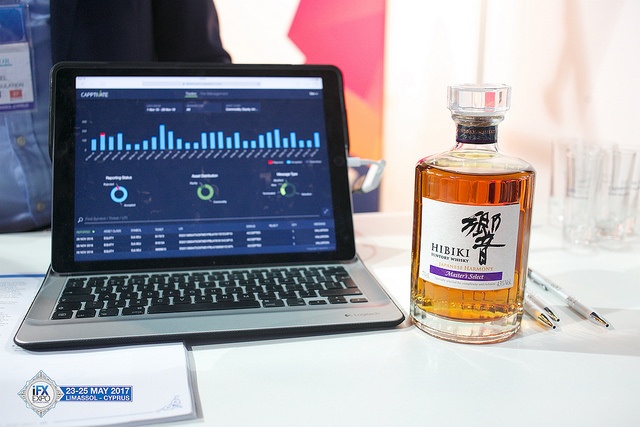
Preparing for MiFID II: Forex/CFD and Binary Options Brokers
MiFID II reporting is a large project to undertake. The article covers steps to put a development roadmap in place to reduce the hassle. The article was prepared for and first appeared in the Event Magazine for the iFX EXPO International conference that took place in Cyprus last month.
It’s the end of May and we are all here in sunny Cyprus for the iFX EXPO. If you are at this event, there is a good chance you are part of the online Forex/CFD and Binary Option industry and represent an EU broker. If so, then your timeline is getting closer to MiFID II going into effect on January 2018.
For many, MiFID II, is either a huge headache or big question mark. Yes, there is plenty of work to comply with the new regulation, but it’s not as bad as it seems.
The good news is that if your firm is already reporting for EMIR (more on EMIR) which went into effect in 2014, a lot of the data you are using to create those reports can be recycled for MiFID II. The bad news is that MiFID II adds a whole new layer of customer personal data that will be needed to comply with the regulation.
So, what’s the best way to prepare?
Step One: Know your requirements
First things first, “What do you have to report?” is the first question you need to answer.
This may seem obvious, but due to headlines describing the coming difficulties MiFID II brings to the financial industry, many companies are arriving to reporting vendors and asking for help before they know what are their requirements. Without understanding what is under scope, they may contract to purchase services or build in-house solutions that they don’t need, or worse yet, miss out on basic requirements.
To avoid this confusion, financial firms should be using the current time period to review the coming regulation, discuss internally, and when needed use external legal/regulation consultants to decide what part of their business falls under MiFID II and what is required. (More on MiFID II solutions available for brokers).
Step Two: What data is available
After clarifying scope, the next key item to consider is data. Every broker houses lots of data; trade information and client details tend to dominate what is stored. Whether a broker’s requirements mean they will have to submit real-time Trade Reports, publish Best Execution details or send Transaction details to an ARM, the bulk of the content of these MiFID II reports can be created from a broker’s stored data.
That being said, brokers should be concentrating on understanding two things; what type of data that I store is available, and how can I access it to create MiFID II reports. The latter is especially important to consider. As many reports have to be created daily, datasets that are stored and can be extracted automatically can substantially reduce the ongoing hassle of complying with MiFID II.
Where brokers need to be especially careful is when they are using external trading platforms. Trade reports from different platforms rarely match. Therefore, if a broker is relying on multiple trading platforms, they should have a convenient method to aggregate all of the trade information and normalize to a unified dataset. Having access to normalized data not only simplifies compliance with MiFID II, but reduces reconciliation risks that affect broker bottom lines.
Step Three: Matching data with reports
Once a broker understands what they have to report and what data is available, the next step is matching the available information with the field sets needed for the report. During this process, a broker should discover if there is information needed to create a report that they don’t currently store.
Step Four: In-House or 3rd Party Development?
After pinning down what reports need to be prepared for MiFID II and what data will be used, the next step is building a process to handle the creation of the MiFID II information. Due to the daily need to submit reports, ideally brokers will want to have in place as much automation as possible. As automation requires a technology build, this results in firms needing to decide whether they want to develop MiFID II reporting solutions in-house, use services from 3rd party vendors, or some form of hybrid.
When relying on in-house development, key items to consider are:
• Who is managing the project?
• What is the input needed from IT and Compliance departments during the development phase?
• Once reporting is live, who oversees monitoring the ongoing process?
• How will reporting errors be fixed?
• How will reporting changes and new products be adapted to the reporting solution?
For firms choosing 3rd party vendors, there are similar yet different criteria to consider:
• How will the vendor access data from the broker (push vs pull)?
• Is the sending of data between broker and vendor automated?
• Can the 3rd party aggregate data from numerous trading platforms?
• Who is managing the integration project between the broker and 3rd party?
• Can the 3rd party solution operate in the cloud or in an on-premise installation needed?
• What are the cost differences between cloud and on premises build?
• Is there a back office dashboard GUI for reviewing ongoing report submissions?
• How are reporting errors flagged and who fixes them?
• Does the vendor have a support team that monitors broker reports?
• How will reporting changes and new products be adapted to the reporting solution?





